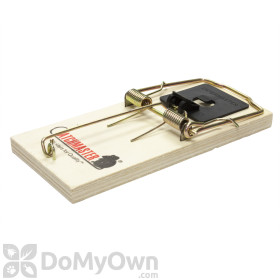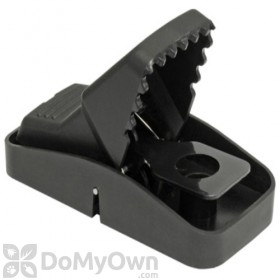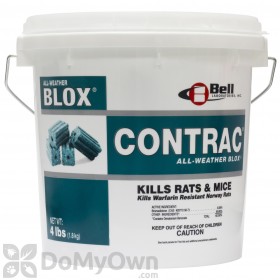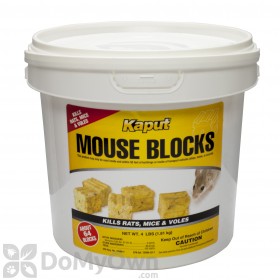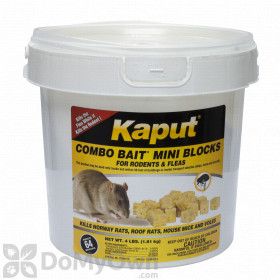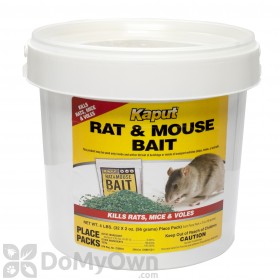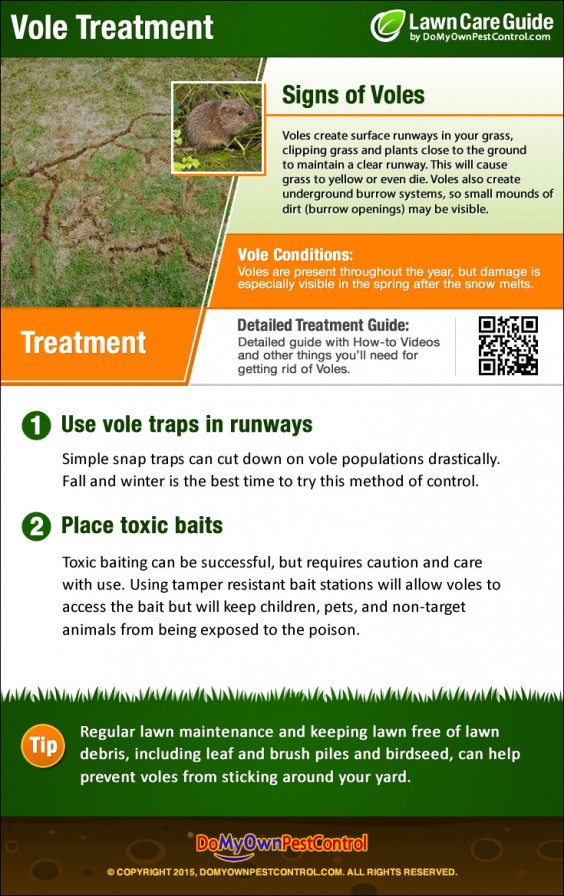Vole Extermination Methods
Use Vole Traps
(for small to medium infestations)
- Fall and winter is a good time to begin trapping, not only because food sources are dwindling, but also because you can help reduce populations before winter, which is when vole damage is at its worst.
- Use mouse-sized snap traps, and make sure you use enough traps. A small area may need about ten, but a large area may need fifty or more.
- Place traps in runways, near possible hiding places, around bushes and flowerbeds or other preferred plants, and near openings of burrows.
- Use apples or peanut butter and oats as bait.
- Make sure traps are perpendicular to the runways.
- Check traps twice a day, in the morning and evening.
- Keep resetting and re-baiting traps until you stop trapping voles.
- Consider covering traps with inverted pans or boxes to protect non-target animals, pets, and children from accidentally triggering traps.
- Handle dead voles with caution; wear rubber gloves and dispose of in plastic bags.
Products needed for Step 1
Use Toxic Baits
(for large infestations)
- Rat bait and mouse bait will generally work for voles, but check the label to ensure it is labeled for use for voles.
- Baiting in the fall and winter is generally more successful, since food becomes scarce and voles will be more likely to go for baits as a source of food.
- Bait block products placed in tamper-resistant bait stations is a good choice. This way, it is likely that only voles and other rodents will consume the bait, keeping kids and pets and non-target animals safe.
- Place bait stations very close to runways, plants that voles favor, and burrow openings.
- Check them daily, replacing bait and keeping bait fresh for at least two weeks.
- If you choose to use bait in a place pack or loose bait, it must be placed underground in vole burrows as specified on the product label.
- Always read labels and warnings carefully, and follow all directions.
- Use caution when disposing of any dead voles on your property, using gloves to avoid contact.





